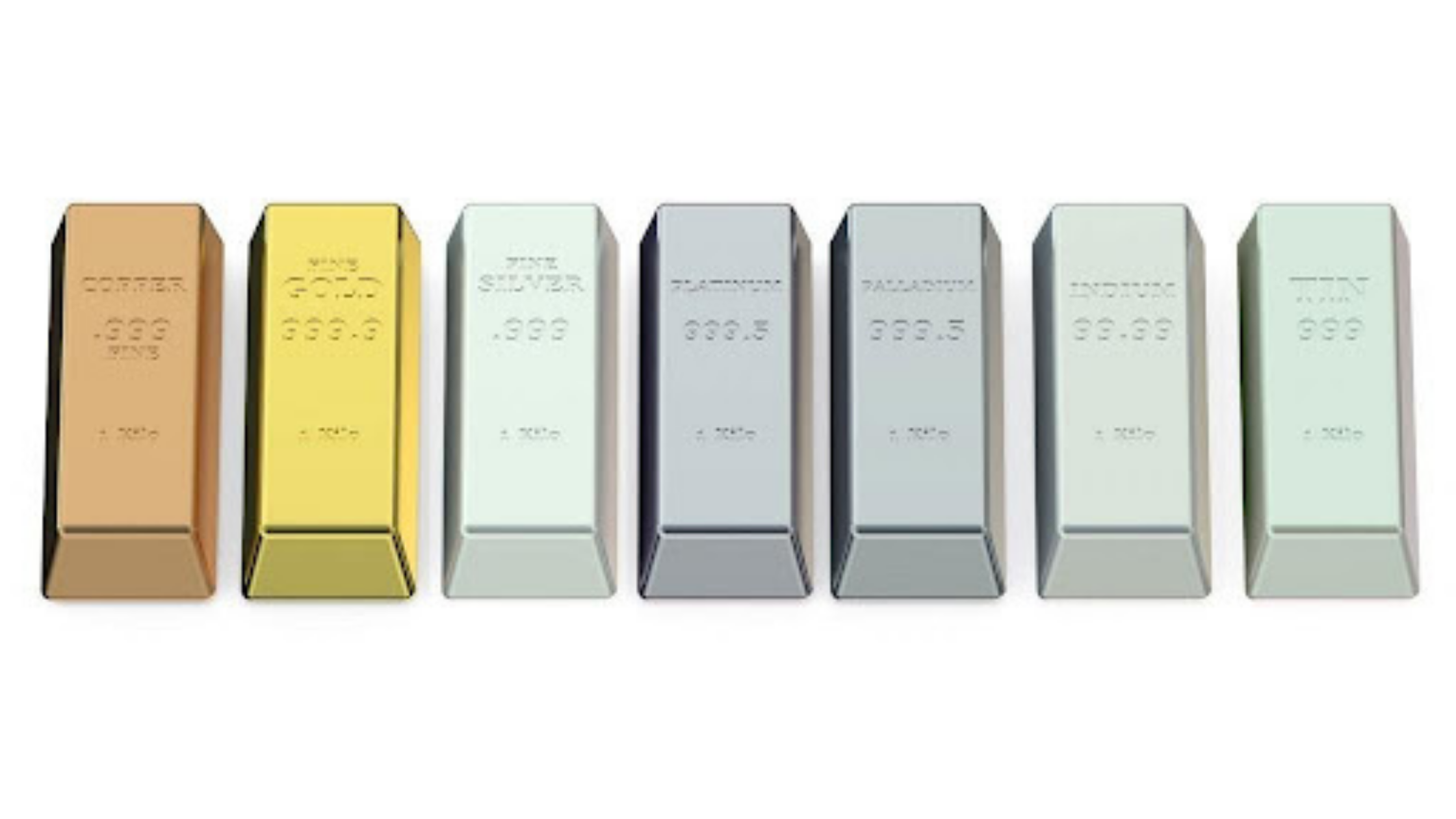Introduction
In the rapidly evolving landscape of cryptocurrencies, a rising trend that has captured the attention of traders and investors is the emergence of decentralized exchanges (DEXs). These platforms operate on blockchain technology, promising to challenge the status quo of traditional centralized exchanges. As the popularity of DEXs grows, questions arise about their viability and potential to reshape the future of crypto trading. You can visit Immediate GPT trading platform and take advantage of the most advanced trading features of it.
The Rise of Decentralized Exchanges
Decentralized exchanges, or DEXs, have garnered significant interest due to their fundamental departure from the conventional centralized exchange model. Unlike traditional exchanges, DEXs do not rely on a central authority to facilitate trade. Instead, they utilize smart contracts and blockchain technology to enable peer-to-peer trading. This innovation allows users to retain control of their funds throughout the trading process, providing a sense of security and autonomy that centralized exchanges cannot match.
The Inherent Advantages of DEXs
One of the primary advantages of DEXs, exemplified by Crypto Loophole, is their enhanced security. Since users do not need to deposit funds into a centralized wallet, the risk of large-scale hacks or security breaches is significantly reduced. The control of private keys remains with the user, reducing the possibility of unauthorized access to their assets. Additionally, DEXs enable a more inclusive approach, as they allow anyone with an internet connection to participate in trading without requiring the onerous process of KYC (Know Your Customer) verification.
Overcoming the Liquidity Challenge
While DEXs offer a compelling array of benefits, one of the significant challenges they face is liquidity. Traditional centralized exchanges have amassed large user bases over the years, leading to high liquidity on their platforms. In contrast, DEXs are relatively nascent and may struggle to match the trading volume of their centralized counterparts. However, some DEXs, have taken innovative steps to address this concern. By incentivizing liquidity providers with rewards and optimizing the user experience, these platforms aim to bridge the liquidity gap and attract a more extensive user base.
Regulatory Hurdles and Compliance
As decentralized exchanges gain popularity, they have come under increased scrutiny from regulatory authorities worldwide. The absence of a central entity raises concerns about anti-money laundering (AML) and counter-terrorism financing (CTF) compliance. Traditional centralized exchanges are subject to strict regulations, and DEXs must find a balance between embracing decentralization and ensuring compliance with the law. Some platforms, have implemented robust AML and CTF measures to promote responsible trading and address regulatory concerns.
User Experience and User Interface
User experience and interface play pivotal roles in attracting and retaining users on any trading platform. Centralized exchanges often invest heavily in creating intuitive and user-friendly interfaces. Decentralized exchanges, on the other hand, have faced criticism for their initial complexity and less-than-friendly interfaces. However, the landscape is evolving, and platforms are leading the charge in improving the user experience. By constantly refining their interfaces and simplifying the trading process, DEXs aim to win over mainstream crypto traders.
Smart Contract Vulnerabilities
Smart contracts form the backbone of decentralized exchanges, and any vulnerabilities in the code can lead to disastrous consequences. While the blockchain technology itself is considered highly secure, human error and programming bugs can expose DEXs to potential exploits. The industry acknowledges these risks, and platforms regularly conduct rigorous security audits to identify and address vulnerabilities, ensuring a safer trading environment for users.
Embracing Interoperability
Interoperability between different blockchains and decentralized exchanges is another critical aspect that will shape the future of DEXs. As the crypto space continues to expand, the ability to seamlessly trade across various DEXs and blockchains becomes increasingly important. Projects actively work on interoperability solutions, aiming to create a unified and efficient decentralized trading ecosystem.
The Ongoing Evolution
As with any disruptive technology, the decentralized exchange landscape is continuously evolving. While DEXs currently face challenges that limit their widespread adoption, they are poised to mature and redefine the crypto trading experience. Platforms like Crypto Loophole serve as beacons of innovation, pushing the boundaries of what decentralized exchanges can achieve. Whether DEXs will eventually challenge the status quo of centralized exchanges or fade away remains to be seen, but their impact on the crypto market is undeniable. As more users recognize the benefits of decentralization and platforms continue to refine their offerings, decentralized exchanges have the potential to revolutionize the way we trade cryptocurrencies.

